Caribbean cuisine is a tapestry of flavors, each dish offering a window into the region’s soul. Meat dishes, in particular, are a testament to the island’s diverse cultural influences and natural bounty. This guide introduces you to the staples of Caribbean meat preparation, from the well-loved jerk chicken to the lesser-known but equally delectable goat curry.
Simple, straightforward, and packed with flavor, these dishes are the heart of Caribbean cooking. Join us as we delve into the methods and ingredients that make these Caribbean meat dishes unforgettable.
Seasonings and Marinades for Caribbean meat dishes
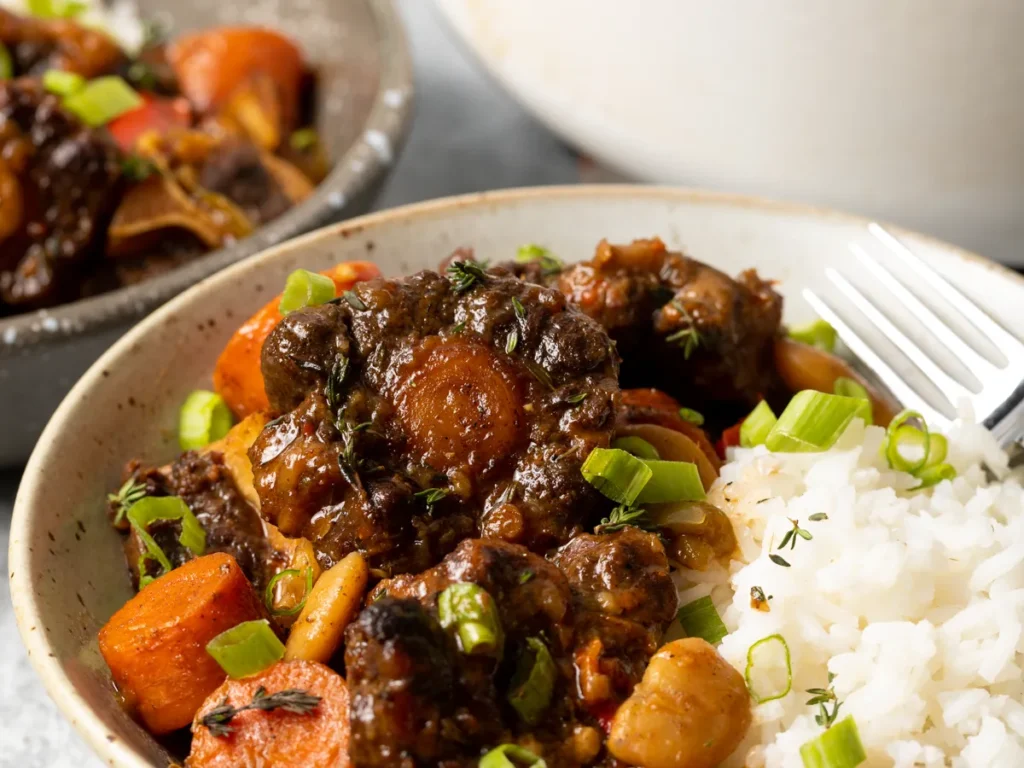
The allure of Caribbean meat dishes lies in their seasonings and marinades, which are a blend of the region’s abundant natural spices and a testament to its history. These concoctions are not just about adding flavor; they’re about transforming the meat into something truly special.
Caribbean Meat Dishes Foundation of Flavor
At the heart of Caribbean seasoning is a harmony of spices that includes allspice, thyme, scotch bonnet peppers, and nutmeg. These are often combined with garlic, onions, and scallions to create a base that infuses the meat with depth and warmth. The use of fresh, local ingredients ensures that the flavors are as authentic as they are potent.
Marinades: More Than Just a Soak
Marinades in the Caribbean do more than tenderize; they imbue the meat with a character that’s both complex and satisfying. A typical marinade might feature a citrusy tang from lime or orange juice, balanced with the sweetness of brown sugar and the acidity of vinegar. This mixture not only permeates the meat with flavor but also starts the cooking process, breaking down fibers for a more tender bite.
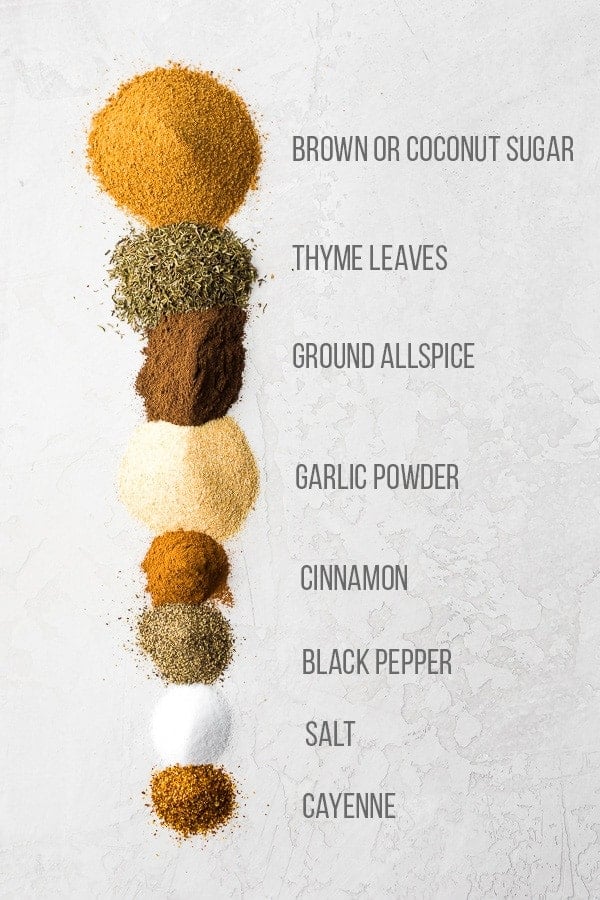
Jerk: A Signature Style
No discussion of Caribbean meat dishes would be complete without mentioning jerk seasoning. This iconic style involves a dry rub or wet marinade that includes the quintessential Jamaican allspice and scotch bonnet peppers, along with a variety of other spices. The result is meat that’s fiery, smoky, and utterly irresistible.
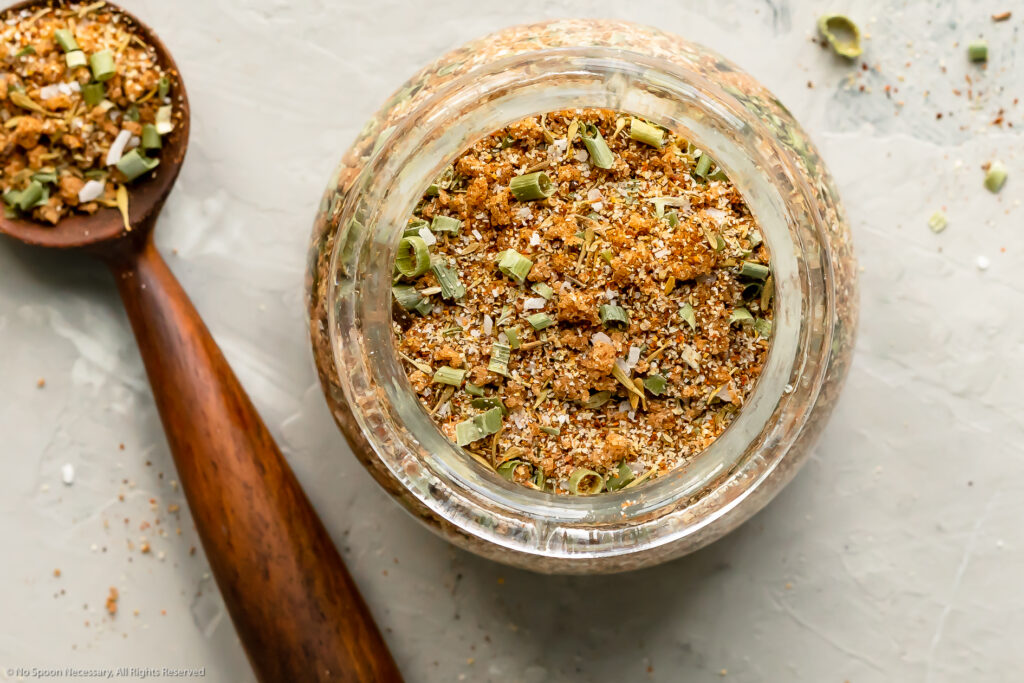
Adobo: The Versatile Staple
Another cornerstone of Caribbean meat preparation is adobo. This versatile seasoning can be dry or wet and typically combines paprika, oregano, black pepper, and cumin. It’s used across various dishes, from Puerto Rican pernil to Cuban ropa vieja, showcasing its ability to complement different types of meat.
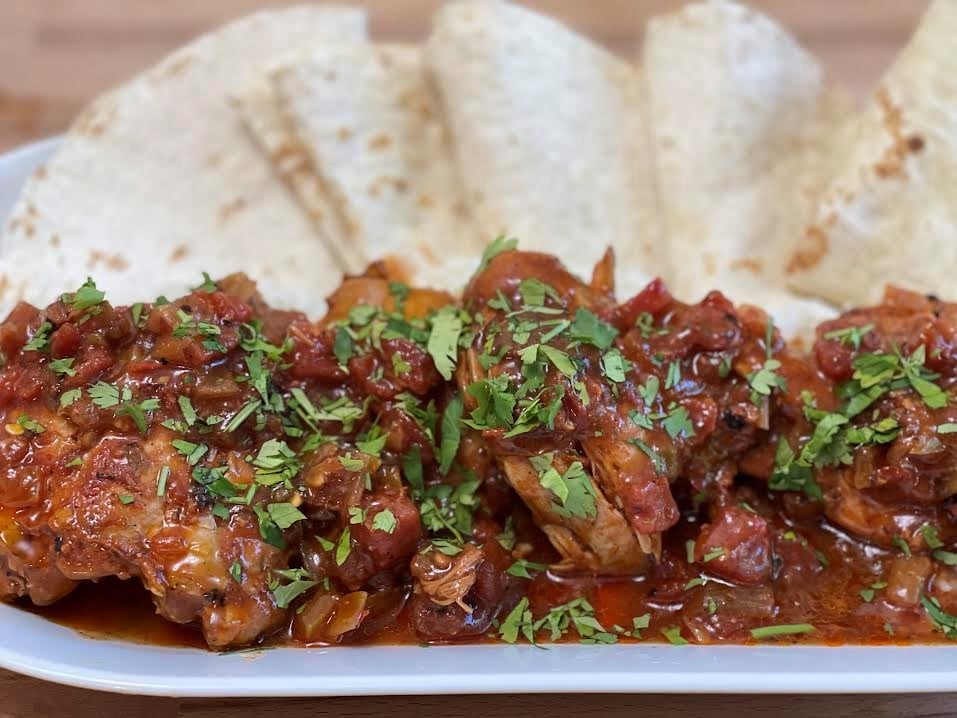
Tying It All Together
These seasonings and marinades are more than just ingredients; they’re a celebration of Caribbean culture. Each dish tells a story of the islands’ past, from indigenous roots to African, European, and Asian influences. When meat is seasoned and marinated in the Caribbean way, it becomes a dish that’s not just eaten but experienced.
Iconic Meat Dishes of the Caribbean
The Caribbean is not just about sun, sea, and sand; it’s also home to some of the most flavorful meat dishes in the world. Each island has its own signature dish that reflects its unique culture and history.
Pernil: Puerto Rico’s Roasted Perfection
Pernil is a beloved Puerto Rican dish, often the centerpiece at celebrations. It’s a succulent roasted pork shoulder marinated in a blend called adobo mojado. The marinade, rich with garlic, oregano, vinegar, and olive oil, penetrates deeply, ensuring that every bite is infused with flavor. The meat is roasted until the skin crisps into a delicious layer known as cuero, offering a textural contrast to the tender meat beneath.
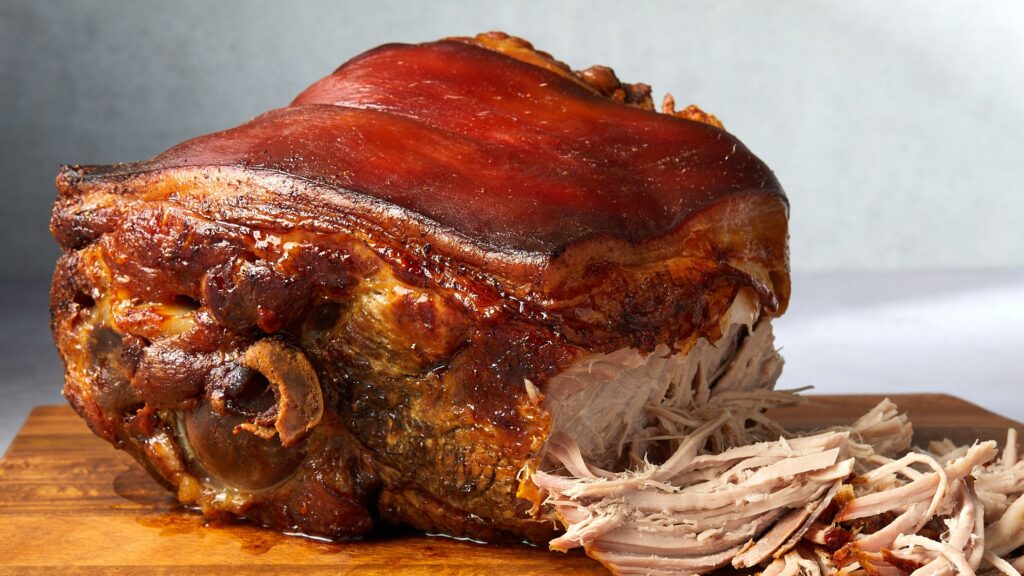
Brown Stew Chicken: Jamaica’s Hearty Stew
In Jamaica, Brown Stew Chicken is a comfort food staple. Chicken pieces are browned to perfection and then simmered in a rich gravy made from a mix of onions, peppers, ketchup, and water. It’s a dish that warms the soul, traditionally served with rice, peas, fried ripe plantains, and sliced tomatoes. The gravy is the star, rich and flavorful, coating the chicken and the rice in a blanket of Caribbean goodness.
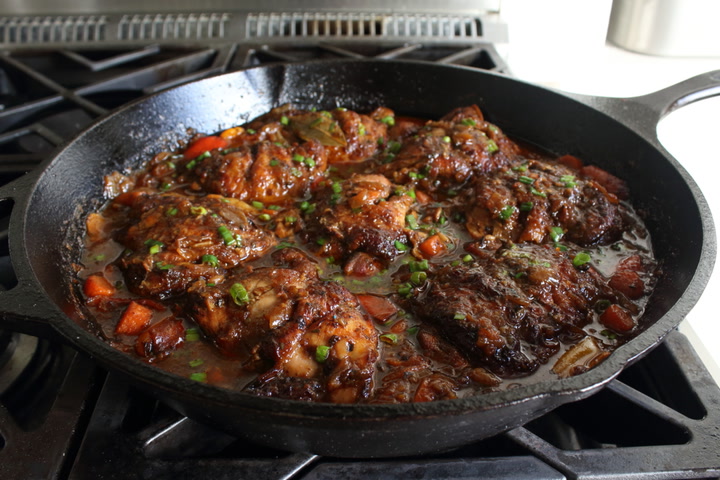
Jamaican Jerk: The Spicy Trailblazer

Jamaican Jerk is perhaps the most internationally recognized Caribbean meat dish. The term ‘jerk’ refers to both the cooking method—slowly grilled over a fire—and the unique, spicy seasoning. A blend of onions, scallions, thyme, Jamaican allspice, scotch bonnet peppers, garlic, nutmeg, and cinnamon creates a marinade that’s fiery, sweet, and deeply aromatic. Whether it’s chicken, pork, or beef, jerk seasoning gives the meat a distinctive spicy kick that’s synonymous with Jamaican cuisine.
Cooking Techniques: From Grilling to Stewing
The Caribbean’s culinary landscape is as diverse as its islands, and the cooking techniques used to prepare meat dishes are a testament to this diversity. Each method brings out unique flavors and textures, turning simple ingredients into extraordinary meals.
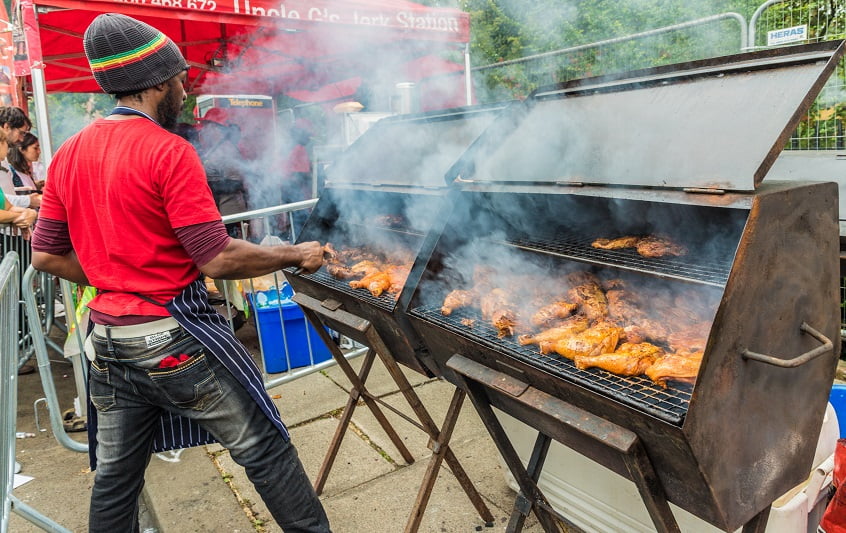
Grilling: The Heart of Island Barbecue
Grilling is a cornerstone of Caribbean cooking, especially for dishes like jerk chicken. Meats are often marinated with a blend of spices and then cooked over an open flame. This technique imparts a smoky flavor that is highly sought after in Caribbean barbecue. The fire’s heat caramelizes the outside of the meat, sealing in the juices and creating a crispy exterior that contrasts with the tender interior.
Slow Cooking: Flavorful and Tender
Slow cooking is another popular method, particularly for tougher cuts of meat. This low-and-slow approach allows the flavors of the spices and herbs to fully penetrate the meat, resulting in dishes that are rich in taste and fall-off-the-bone tender. Goat curry and oxtail stew are prime examples of how slow cooking can transform a simple dish into a mouthwatering experience.
Roasting: A Festive Tradition
Roasting is a festive cooking style often reserved for special occasions. Pernil, a Puerto Rican dish made from pork shoulder, is marinated in adobo and then roasted until the skin becomes crispy. The process yields meat that is flavorful and succulent, perfect for gatherings and celebrations.
Stewing: Comfort in a Pot
Stewing is a technique that involves cooking meat at a low temperature in a pot with liquid. This method is used for dishes like brown stew chicken, where the meat is first browned and then simmered in a rich gravy. The slow simmering process allows the flavors to meld together, creating a comforting and hearty dish that is a staple in many Caribbean homes.
Pairings and Accompaniments
The right pairings and accompaniments can elevate a Caribbean meat dish from good to unforgettable. Here’s how to round out a meal with complementary flavors and textures.
Starchy Staples: Soaking Up the Flavors
Starchy sides are essential in Caribbean cuisine, serving as the perfect vehicle for soaking up rich sauces and balancing spicy profiles. Fried dumplings and baked macaroni pie are hearty options that complement the robust flavors of meat dishes. Cassava, yams, and sweet potatoes are also popular, often boiled or roasted to bring out their natural sweetness.
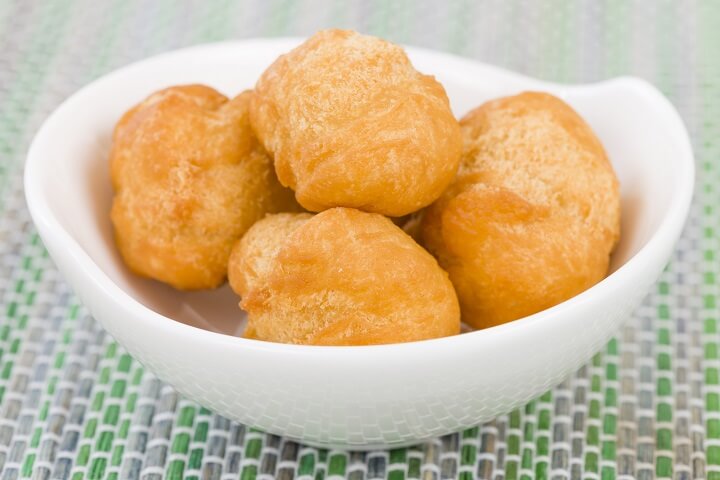
Vegetables: A Fresh Contrast
Fresh vegetables provide a crisp contrast to the hearty meats. Steamed cabbage, sautéed callaloo, or a simple garden salad can lighten a meal, making it more balanced and digestible. The freshness of the vegetables pairs well with the deep flavors of the meats, creating a harmonious plate.
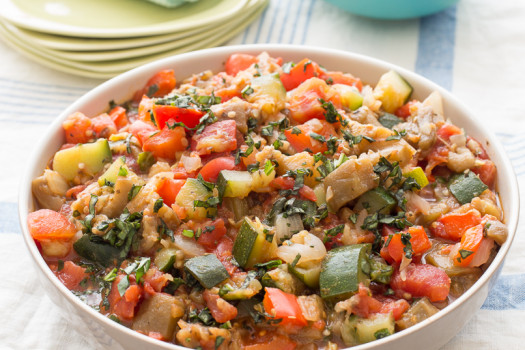
Sauces and Salsas: Adding Zest
No Caribbean dish is complete without a sauce or salsa on the side. Mango salsa, with its sweet and tangy flavor, is a delightful addition to grilled meats. Pepper sauce, ranging from mild to fiery, allows diners to customize the heat level to their liking.
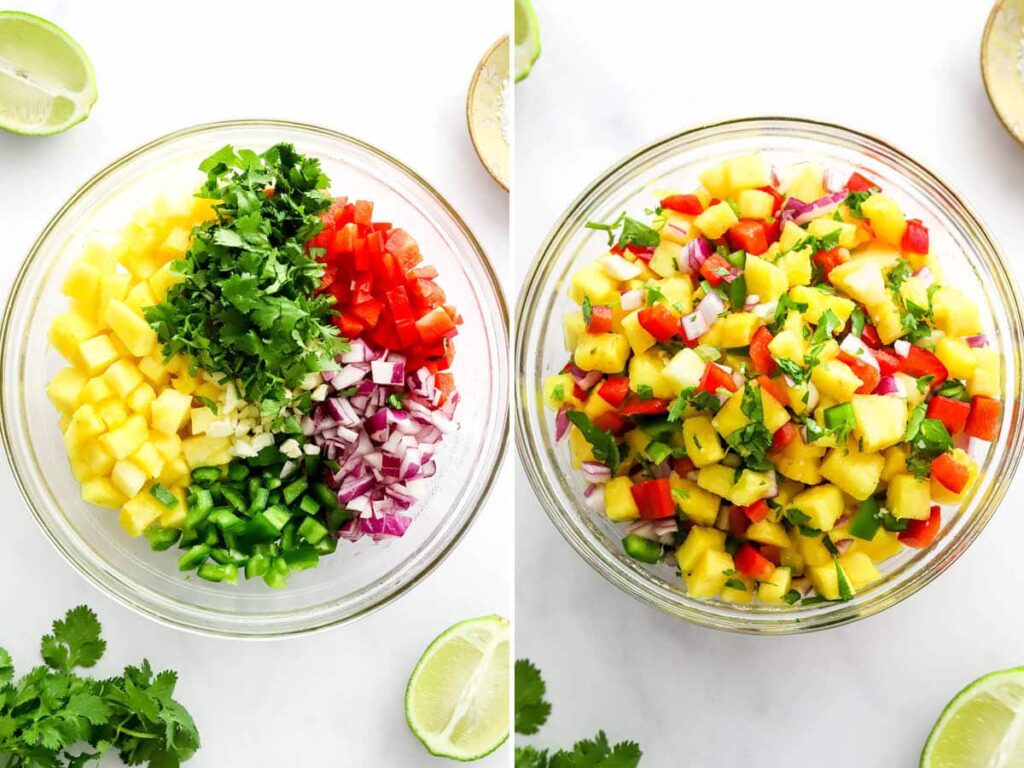
Beverages: Quenching the Spice
When it comes to beverages, the goal is to complement the meal and quench the spice. A chilled rum punch or a fruity cocktail can be refreshing, while ginger beer offers a spicy kick that stands up to the bold flavors of the dishes. For a non-alcoholic option, sorrel drink, made from hibiscus flowers, is a traditional choice that’s both tart and sweet.
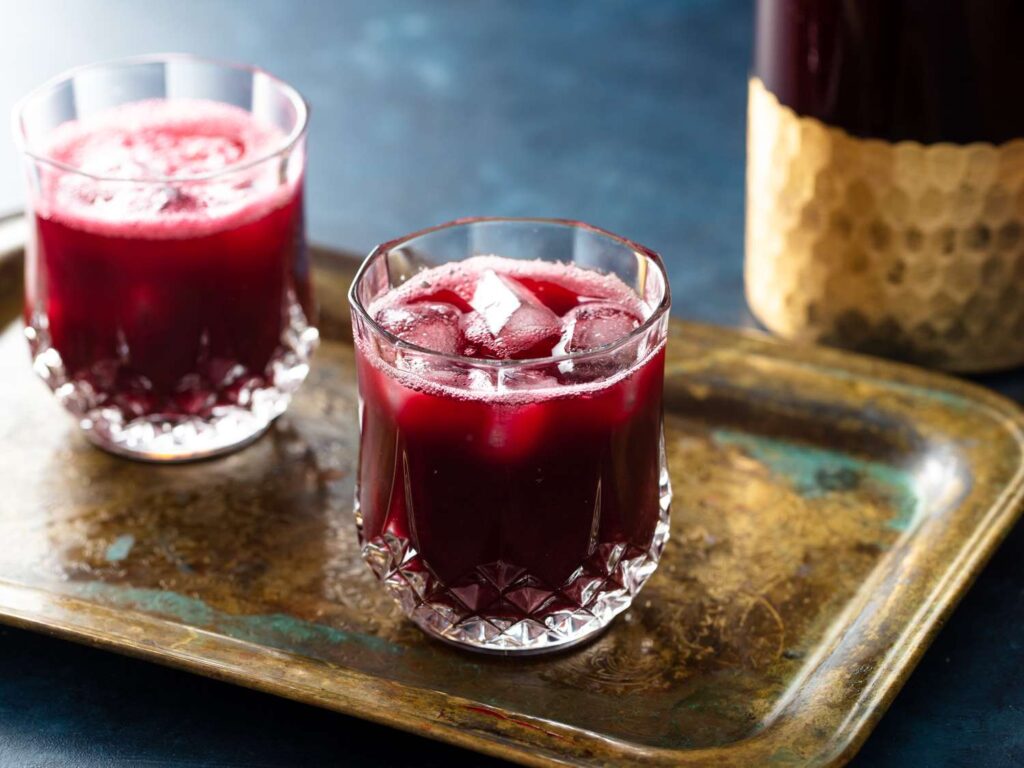
Desserts: The Sweet Finale
To end the meal on a high note, a sweet dessert is key. Rum cake, a dense cake soaked in rum, or coconut gizzada, a tart filled with sweetened coconut, are both excellent choices.
They provide a sweet counterpoint to the savory meats and ensure the meal concludes with a taste of the islands’ sweetness.

Final Analysis
Caribbean meat dishes are a vibrant expression of the region’s history, culture, and culinary expertise. From the fiery jerk chicken to the comforting brown stew chicken, these dishes showcase the diversity and richness of Caribbean flavors. The cooking techniques, whether it’s grilling, slow cooking, roasting, or stewing, each add a distinctive touch that is integral to the authenticity of the cuisine.
The art of pairing these dishes with the right sides, beverages, and desserts completes the dining experience, making every meal a celebration of life and community. It’s this combination of flavorful meats, perfect pairings, and the joy of sharing that makes Caribbean cuisine truly special.
As we’ve explored the various aspects of Caribbean meat dishes, it’s clear that they offer more than just sustenance; they provide a connection to a way of life that is colorful, exuberant, and full of flavor. Whether you’re cooking at home or enjoying these dishes in a Caribbean community, the experience is sure to be memorable.
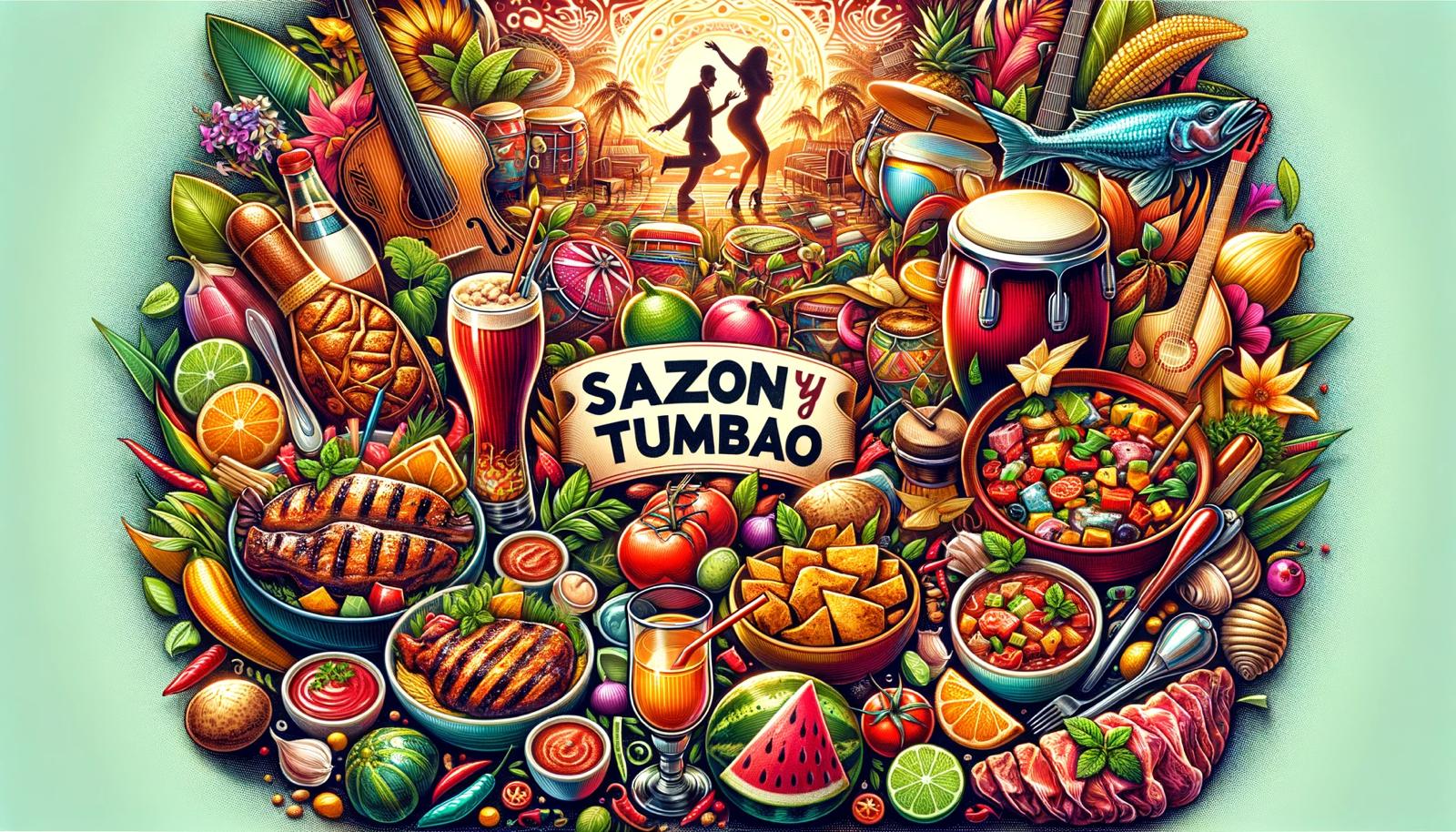
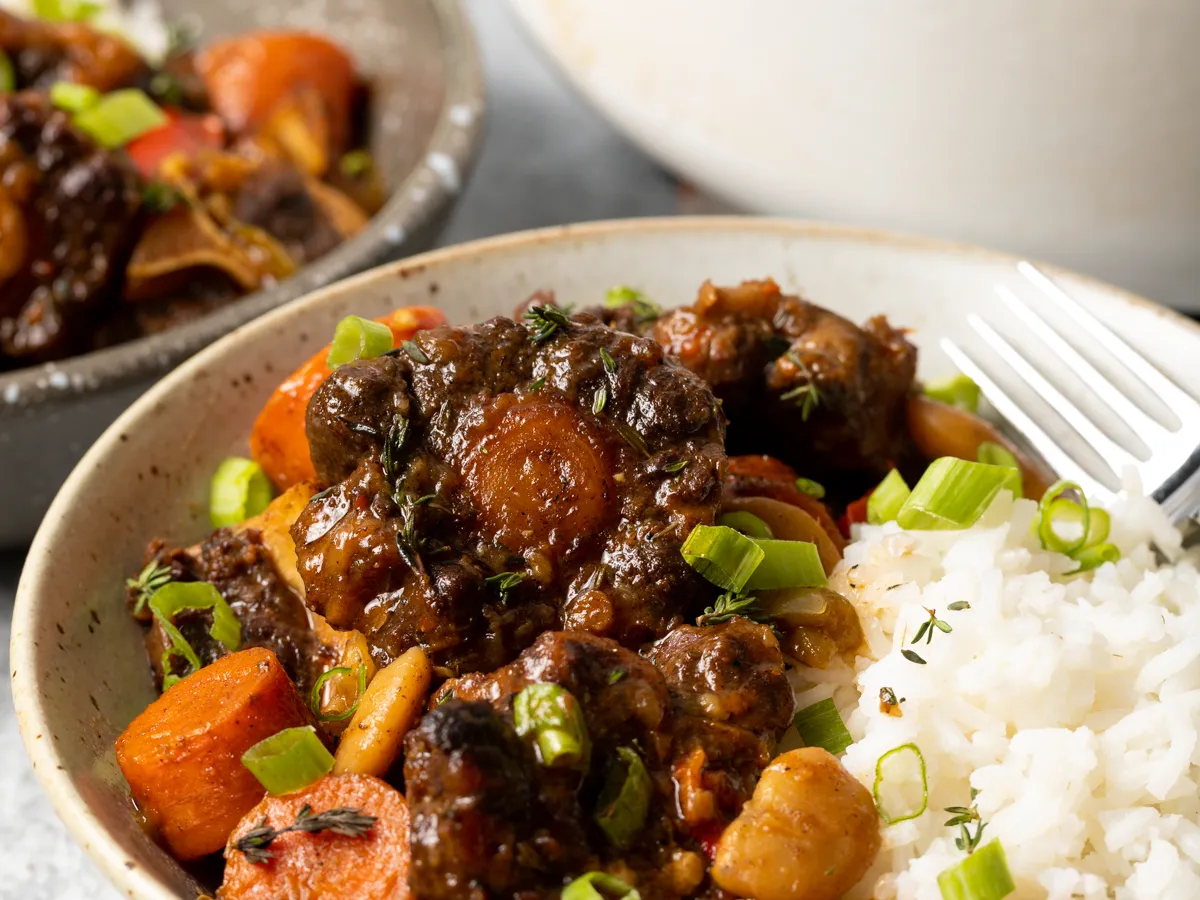
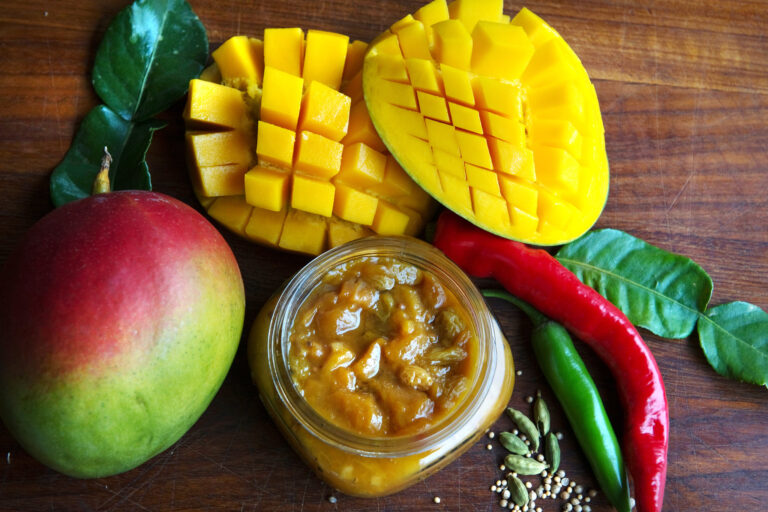
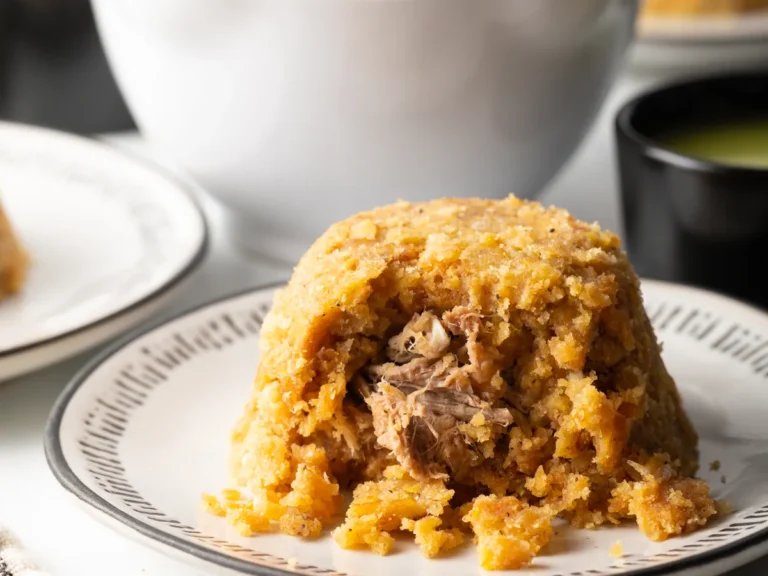
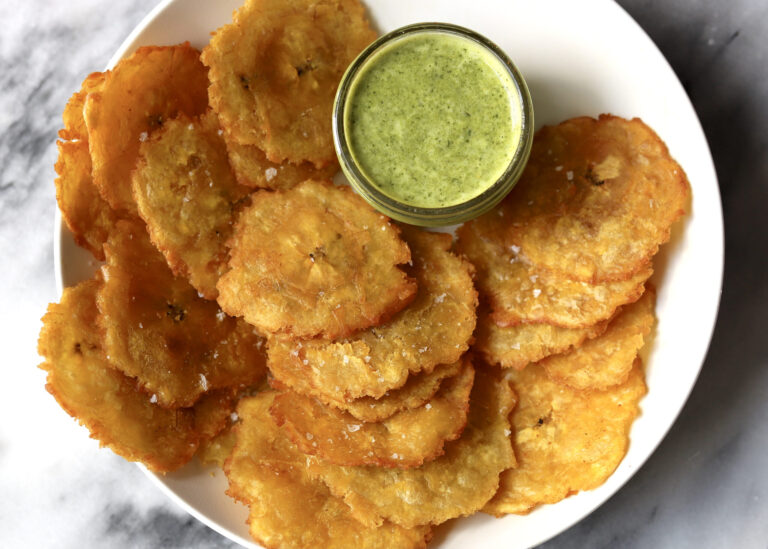
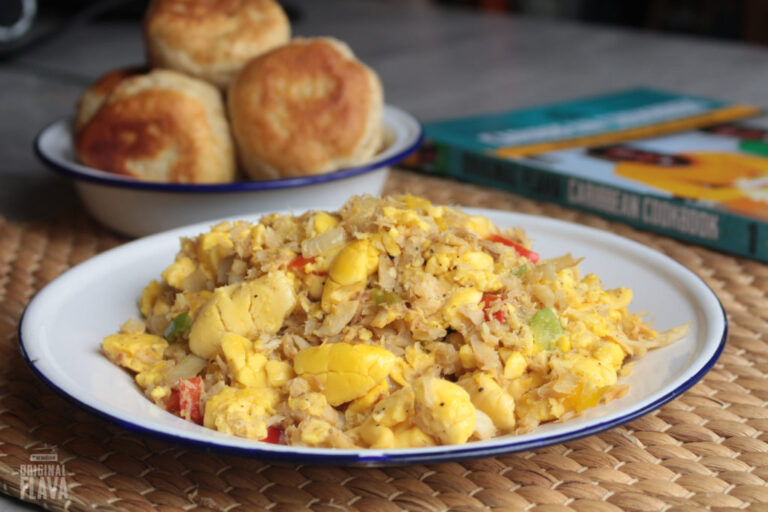
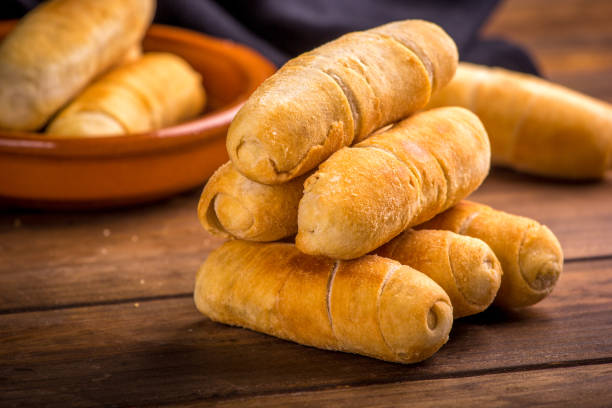

One Comment